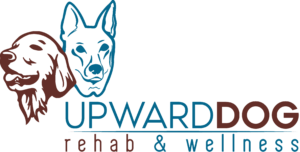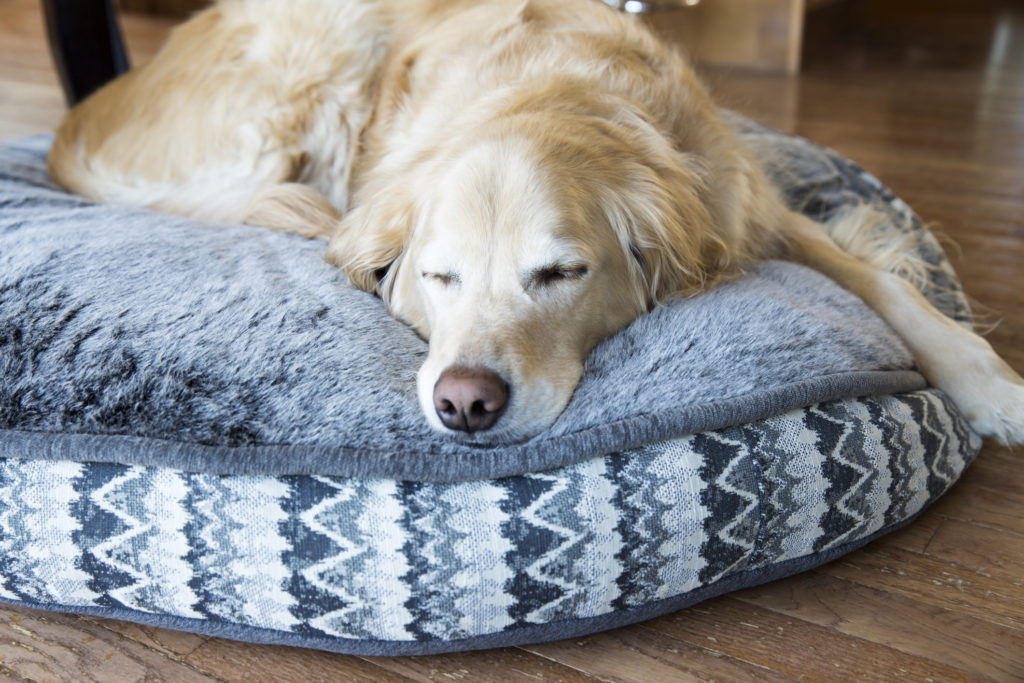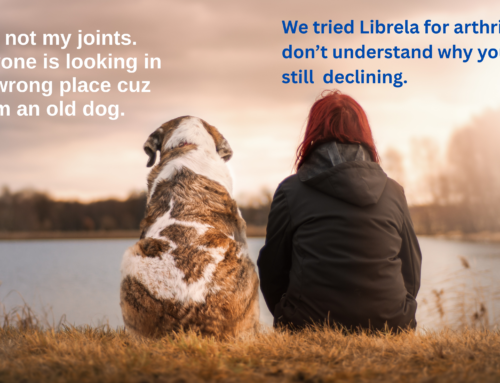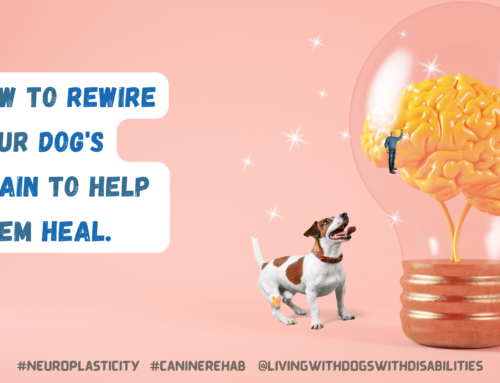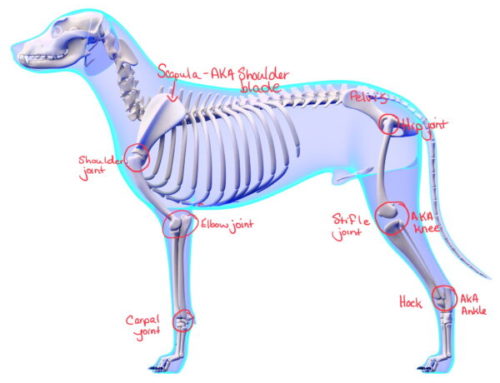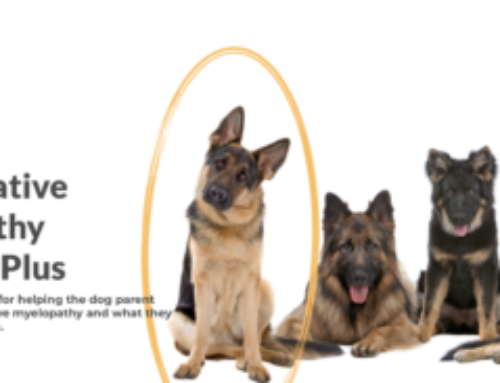Have you ever had the experience with your dog where he/she pulls up slightly ‘off’ after certain activities, nothing shows on x-rays so you follow the usual regime of rest and anti-inflammatory drugs, and your dog doesn’t improve? You gradually get back to the activity and he/she seems to get better and then a few weeks/months later it happens again?
Frustrating! ??
SOFT TISSUE INJURIES & TRADITIONAL THERAPY…
Soft tissue injuries affecting the muscles and tendons are very common, especially in active dogs. These injuries can be acute (traumatic event occurred) but more often are repetitive use injuries that have been micro injuries building over time, causing the tissue to slowly breakdown. In a healthy tendon, all those little tissue fibres are aligned providing the best strength and performance. With small repeated injuries, followed by inactivity, the tissues become weaker and less flexible. This creates a downward spiral as the dog starts to come up lame more often.
‘TENDINOPATHY’ – IT’S NOT INFLAMED SO ANTI-INFLAMMATORY MEDICATION DOESN’T USUALLY HELP!
A ‘tendinopathy’ is a general term used to describe injury/dysfunction of a tendon. In overuse injuries of tendons, there is little to no inflammation present. The technical term for this breakdown of the tissues is ‘tendonosis’. This lack of inflammation is one of the reasons anti-inflammatory medications don’t have much effect. More to that point, a recent people study by Bittermann et al., 2018 found that anti-inflammatories may even slow down the normal healing process! (See references listed below).
Please note, I am not saying pain management isn’t important. It’s very important! This is an explanation as to why anti-inflammatories may not be giving your the effect you are looking for with your dog.
And what what about strict rest???
Tendons don’t have great blood supply. What improves blood supply? Movement! Circulation helps bring in nutrient rich blood to promote healing while removing waste products from injury sites. Yes, the body produces ‘waste’ products. Cells die and new ones grow. Circulation helps get rid of the bad renew the good. ?
But wait, there is even more benefit to movement…
Are you familiar with the phrase: “use it or lose it”? It’s a real thing! Regardless of species, the body responds to the activity/force put through it. Controlled and gradual increases in activity help to realign and strengthen those muscle and tendon fibres! ? On the other hand, lack of controlled and gradual activity/force results in weaker tissues. Basically, they get weak and can’t do their job very well which then leads to more problems.
At this point you may be thinking “so what now???” Don’t worry, we are about to talk about what has been show help with those stubborn ‘tendinopathies’!
DISCLAIMER ALERT!
One small disclaimer before we continue. All this information and suggestions are just that, information and suggestions. If your dog is coming up lame, please get him/her checked out by your canine health professional right away. Having the right diagnosis enables recovery. Then, if you are dealing with something that comes and goes, and sounds like what has been described here so far, consider the recommendations below.
MOVEMENT IS MEDICINE…
Recommendations for chronic overuse injuries:






BE ‘ECCENTRIC’…
Research has found that ‘eccentric’ exercises are a one of the best ways of helping strengthen tendons. This technical term is a type of muscle contraction where the muscle works against gravity to help slow down the body. For example, going down stairs is an eccentric movement for the muscles in the front of a dogs shoulders and thighs.
FINAL THOUGHTS…
What activity and how much should you do with your dog? It depends…. Sorry but this isn’t an easy answer. It requires proper assessment and guidance of a professional trained in canine rehabilitation. Consider the above guidelines. If you do suspect a tendon issue, I do really encourage you to seek out a canine rehab therapist that can guide you through a progressive exercise routine to get your dog back to top notch condition!
Did you know we have a video on Facebook that goes into lots of detail on this??? Check it out by clicking the icon below
Thanks for reading and happy training!
REFERENCES
https://www.ncbi.nlm.nih.gov/pmc/articles/PMC3312643/
https://www.ncbi.nlm.nih.gov/pmc/articles/PMC2505250/
https://clinmedjournals.org/articles/jmdt/journal-of-musculoskeletal-disorders-and-treatment-jmdt-4-049.php?jid=jmdt
https://www.ncbi.nlm.nih.gov/pubmed/15634833.
https://www.ncbi.nlm.nih.gov/pmc/articles/PMC2770552/
